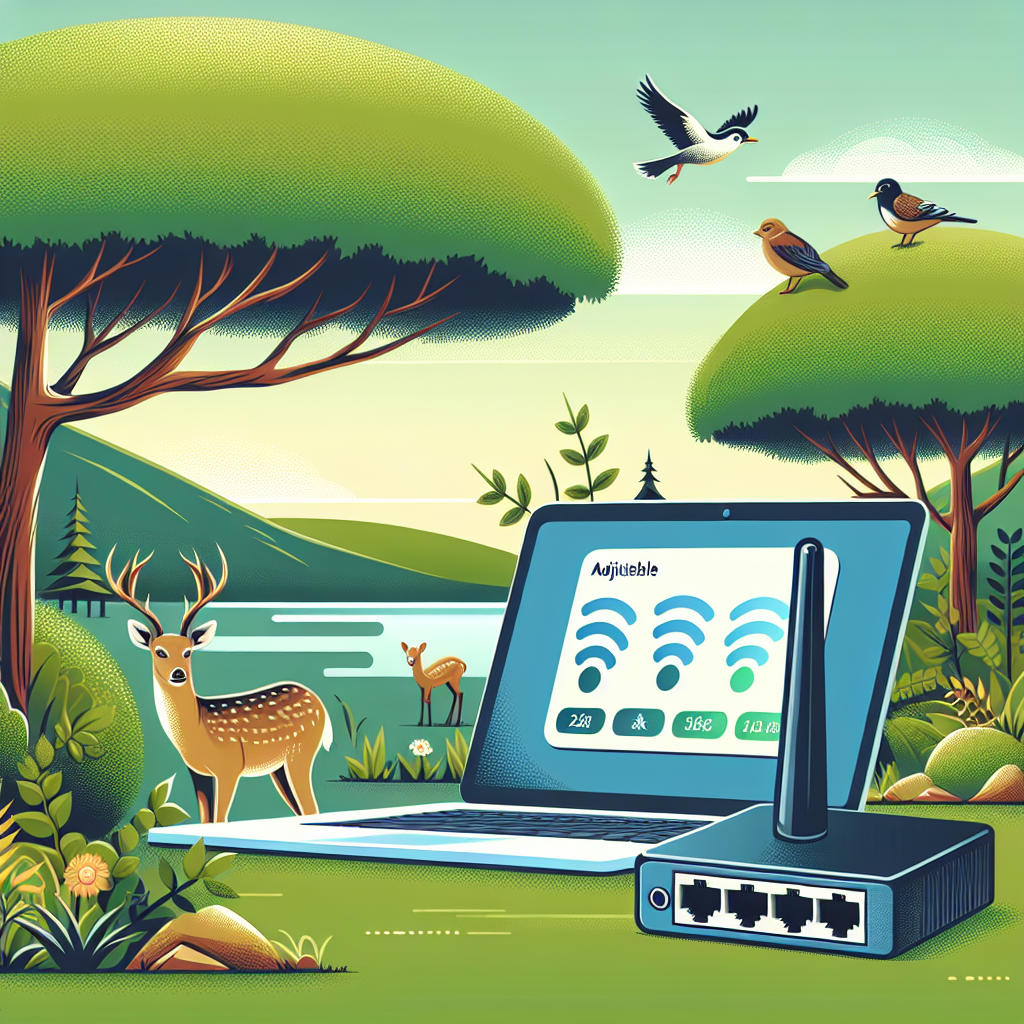Wildlife monitoring has grown increasingly sophisticated with the advent of modern technology. Network adapters play a pivotal role in ensuring seamless data transmission between monitoring devices and central control systems. Optimizing these adapters can significantly improve performance, ensuring that critical environmental data is relayed promptly and accurately.
Key Settings for Optimizing Network Adapters
The following table provides a summary of key settings that can be adjusted to optimize a network adapter for wildlife monitoring:
| Setting | Description | Impact on Wildlife Monitoring |
|---|---|---|
| Channel Selection | Choosing the right frequency channel to avoid interference. | Reduces data packet loss and transmission delays. |
| Transmit Power | Adjusts the output power of the adapter. | Improves range and reliability of connections in remote areas. |
| Beacon Interval | Sets the time between beacon transmissions. | Balances network load and energy consumption. |
| RTS/CTS Threshold | Determines the packet size that triggers the RTS/CTS mechanism. | Minimizes collisions in a busy network environment. |
| Fragmentation Threshold | Sets the maximum frame size. | Reduces errors and increases reliability in noisy environments. |
Channel Selection
Channel selection is crucial to avoid interference from other wireless devices. Wildlife monitoring often occurs in remote areas where choosing a less congested channel can enhance performance. Use a wireless analyzer tool to determine the most interference-free channel available.
Transmit Power
Adjusting the transmit power can significantly affect the network range and stability. In expansive wildlife areas, higher transmit power ensures that data from monitoring devices reaches central hubs reliably. However, it is important to balance this with battery life considerations as higher power consumption can drain energy reserves quicker.
Beacon Interval
The beacon interval determines how frequently the network adapter sends beacon frames to sustain connectivity. A shorter interval can lead to better synchronization but increases network traffic and power usage. Finding an optimal interval is key to efficient wildlife monitoring.
RTS/CTS Threshold
This setting helps in managing packet collisions by using a Request to Send/Clear to Send (RTS/CTS) mechanism for packets above a specified size. For wildlife monitoring systems, adjusting the threshold can reduce collision rates, especially in environments with multiple transmitting devices.
Fragmentation Threshold
Setting the right fragmentation threshold ensures large data packets are divided into smaller fragments, which can be crucial in noisy environments prevalent in wildlife areas. This helps in reducing packet loss and improving the overall reliability of data transmission.
Additional Tips for Network Optimization
- Regular Firmware Updates: Ensure that the network adapter firmware is always up-to-date to benefit from the latest performance improvements and security patches.
- Quality of Service (QoS): Employ QoS to prioritize crucial wildlife monitoring data over less important traffic, thereby ensuring timely data delivery.
- Environmental Considerations: Weather conditions and physical obstructions can impact signal strength. Install network adapters and antennas in optimal locations to minimize such impacts.
- Energy Management: Optimize power settings to balance performance with battery life, crucial for remote or solar-powered setups in wildlife areas.
Conclusion
Optimizing network adapters for wildlife monitoring is essential for reliable data transmission and effective environmental management. By fine-tuning settings such as channel selection, transmit power, beacon interval, RTS/CTS threshold, and fragmentation threshold, alongside adhering to best practices, one can significantly enhance the performance of wildlife monitoring systems. Implementing these adjustments ensures that valuable data is collected and transmitted efficiently, aiding in the conservation and study of wildlife.

